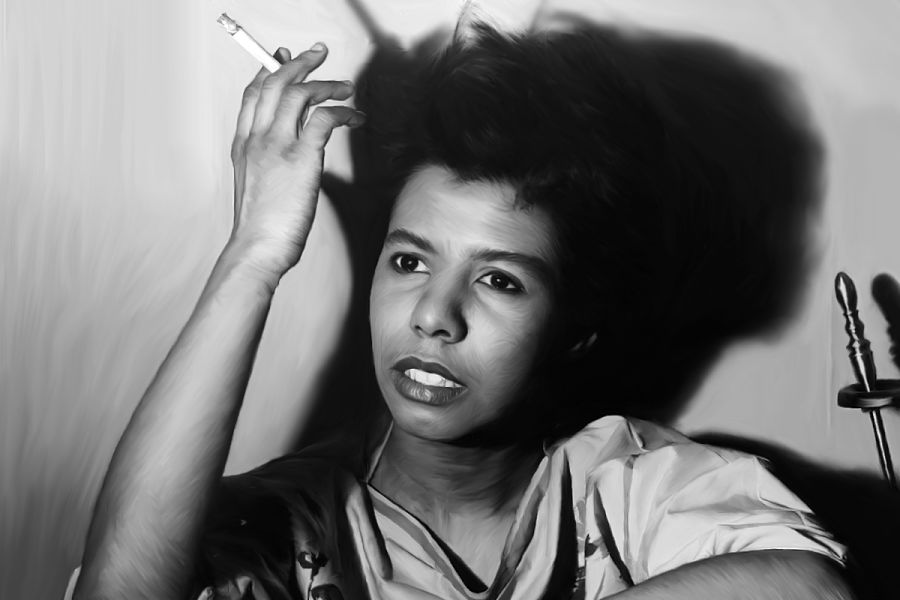If theatre had “one-hit wonders,” Lorraine Hansberry would be at the top of the list. A Raisin in the Sun is a theatre mainstay, with regular productions in resident theatres around the country as well as two high-profile Broadway revivals in just the last decade. This drama about an African-American family, the Youngers, on the verge of a big decision, is a justly significant part of the canon, apart from its historic status as the first play by a black woman ever produced on Broadway. Indeed, if Raisin were the only thing on her résumé, hers would still have been a noteworthy career. But it’s not. Hansberry achieved a few other noteworthy things before her untimely death from cancer at 34. With two of her lesser-known plays currently in high-profile revivals—with Anne Kauffman’s staging of The Sign in Sidney Brustein’s Window at Chicago’s Goodman Theatre running through June 5, and Yael Farber’s staging of Les Blancs at London’s National Theatre through June 2—it’s a good time as any to look at this great American writer in full.
Hansberry v. Lee
Technically, this isn’t a play or even something directly authored by Hansberry, but it’s key to understanding who she was. Her father, real estate broker Carl Hansberry, purchased a home on the South Side of Chicago in 1938 and faced a protracted legal battle over it that went all the way to the Supreme Court. The court decided in his favor, making him the winner of an early skirmish in the Civil Rights movement. In its bones, A Raisin in the Sun is that story: of a black family buying a home in a white neighborhood and facing resistance from the neighborhood association (a story later retold from the white neighborhood’s point of view in Bruce Norris’s Clybourne Park). The details and timing are different, but the essential narrative has its roots in this childhood legacy. When she wrote Raisin 17 years later, the Civil Rights era was in full swing, the nation was on the verge of epochal change, and the stage was set for a play that captured that change. Raisin was the right play at the right time. What happened next?
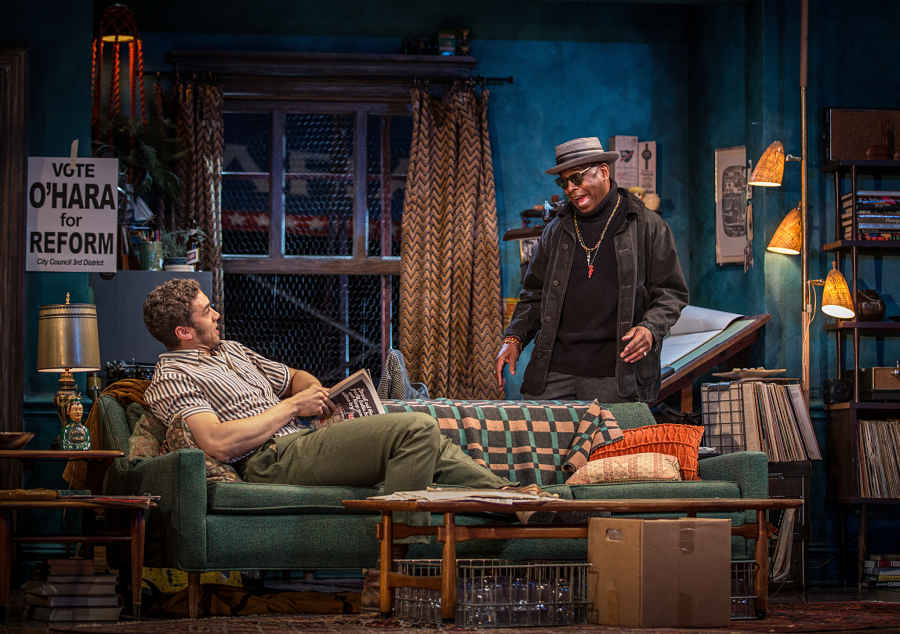
The Sign in Sidney Brustein’s Window
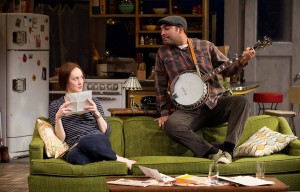
Hansberry’s far less well known, far less frequently performed second play envisions a world outside the Younger family, and it’s a very different picture. Set in 1960s Greenwich Village, it depicts a social movement in turmoil—in some ways, at odds with the very human beings it’s trying to help. It’s about the title character, a frustrated artist whose marriage is threatened when his independent newspaper gets swept up in a reformist politician’s campaign and its corrupting compromises. It’s a more challenging, less comforting play than Raisin in the Sun and that may explain its brief tenure on Broadway or its rare revivals. The acclaimed Goodman revival may help restore its reputation. As modern-day America struggles with gay and trans rights, slut-shaming and protest movements, the same issues at the core of Sidney Brustein, a nearly forgotten play from 1964, might be exactly what we need.
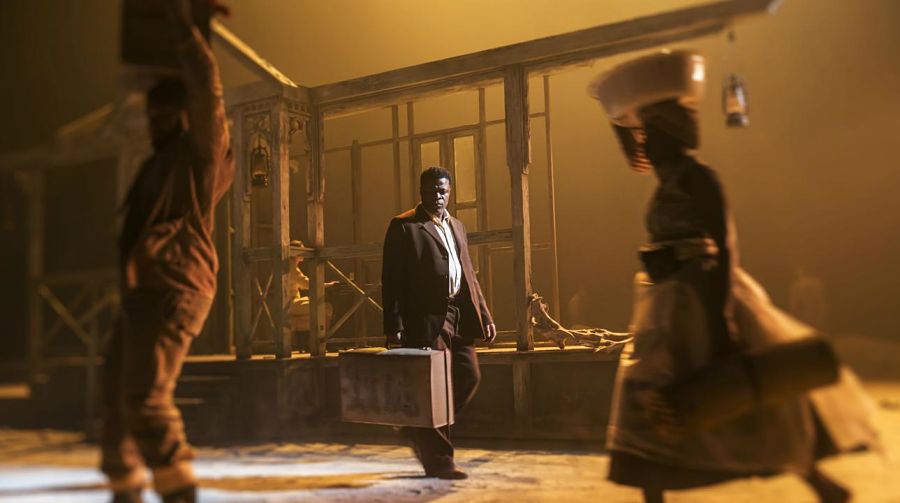
Les Blancs/The Whites
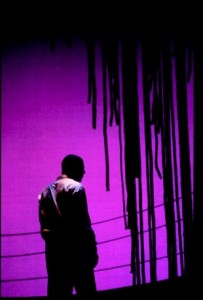
Hanbserry’s final work for the stage was finished posthumously by her ex-husband and executor, Robert Nemiroff, and not staged until 1970 (she died in 1965). If Raisin is about hope and Sidney Brustein about struggle, Les Blancs is about revolution. Set in an unnamed African country, it follows the expatriate son of the country’s deceased leader, fresh from a European education, as he wrestles with continuing his father’s revolution. It’s a play where neither side, the revolutionaries or the colonists, escapes unscathed. After a brief run on Broadway in 1970, it has only rarely been revived. A new version, compiled from various drafts by Yael Farber, dramaturg Drew Lichtenberg and Joi Gresham, the director of the Lorraine Hansberry Trust, opened to rave reviews at the National earlier this year. “Ahead of their time” is an overused phrase, particularly when applied to artists who died young, but it seems apt here. Hansberry’s work prefigures many of the fights Hansberry’s work prefigures many of the long, protracted fights over colonialism, assimilation, and appropriation that continue up to today—or maybe we just haven’t moved as far as we hoped we would.
To Be Young, Gifted, and Black
Theatre was only one for Hansberry’s outlets. Her family was long involved with black literati, artists, and thinkers; her childhood home was regularly filled with guests like W.E.B. Dubois and Paul Robeson. When she moved to Harlem in 1951, she wrote for Robeson’s black newspaper, Freedom, as a reporter and essayist, reporting on uprisings abroad and miscarriages of justice at home, writing poetry, protesting the execution of the Rosenbergs, advocating for gay rights (she may have been closeted herself). After she died Nemiroff adapted these writings into a kind of bio-play with the title To Be Young, Gifted, and Black, which was staged Off Broadway in 1968; it was later the basis of a book with the same title, and the basis of her friend Nina Simone’s tribute song, also called “To Be Young, Gifted, and Black.” A hit song of the late Civil Rights era, it reached the Top Ten on the R&B charts and served as a soundtrack to a million childhoods in black households, including mine. It’s been covered by artists from Aretha Franklin to Elton John and sampled by hip-hop artists like Faith Evans. It continues to echo through to today.
Hansberry’s voice, in particular the sense it conveyed of the simultaneous blessing and challenge of being those three things (young, gifted, black) in a world that would deny you any of them, let alone allow you to be all three at once—that voice lives on. You can’t say it’s a shame to be remembered for A Raisin in the Sun. It’s one of the great American plays. But Lorraine Hansberry was so much more than that one play. It would do us all well to hear her voice calling to us across the decades.
J. Holtham writes things in Los Angeles these days. You can find him on Twitter (@jholtham) or Tumblr (jholtham).

